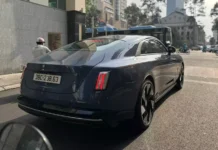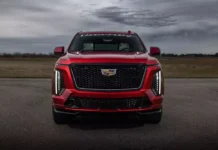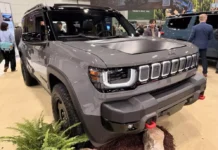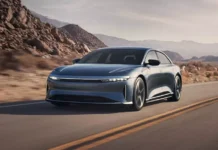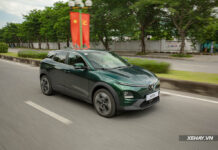## The Rise of Vegan Leather in the Automotive Industry: A Marketing Perspective
The term “vegan” is not just a trend in the food industry, but it has also made its way into the fashion and materials sector, with the trendy term “vegan leather.” Especially with the rise of electric vehicles, car manufacturers have been promoting animal-free interiors, with some even embracing the term “vegan” in their marketing campaigns.
The shift towards premium alternative leathers began at Tesla’s 2015 shareholder meeting, where animal rights organization PETA urged the company to go leather-free. Since 2017, all Tesla models have featured synthetic leather seats.

Vegan Race-Tex Leather in the Porsche Taycan
Over the years, vegan leather has become a standard feature in high-end electric vehicles. All five interior versions of the Rivian R1S and R1T feature perforated vegan leather seats. Polestar refers to its MicroTech material as a vegan-friendly alternative for the Polestar 3. Porsche also introduced its first animal-free interior with the Taycan, featuring Race-Tex material. Notably, in some cases, like Porsche, the vegan leather option is even priced higher than real leather.
At Continental’s recent TechFest, an employee revealed some interesting insights. Continental not only manufactures tires but also interiors, sensors, and robots. When describing the synthetic, animal-free leather, the employee called it “artificial leather” but explained that they use the term “vegan” because it sounds better.
The Language Game of Vegan Leather
“The phrase ‘synthetic leather’ sounds scientific, ‘fake leather’ suggests a cheap product, but ‘vegan leather,’ especially to electric car customers, evokes a feeling of ‘saving the world.'”
The truth is, vegan leather is not new. And not all alternative leathers are made from plant-based materials to save the planet from global warming. Fabrikoid, patented by DuPont in 1915, is a synthetic leather made from cotton fabric coated with nitrocellulose. In fact, even before the patent, DuPont collaborated with Ford to use this leather for 65% of the annual production of the Model T. So, humans have been sitting on “animal-friendly” interiors almost since the inception of automobiles.
Most synthetic leathers today – such as Naugahyde, MB-Tex, SofTex, and Sensatec – are made from fabric backing coated with polyurethane (PU) or polyvinyl chloride (PVC), which is then painted and embossed to resemble real leather. In other words, much of vegan leather is actually plastic derived from petroleum, not a magical material made from quinoa and beans. This means that they are challenging to recycle and not biodegradable like the animal leather they aim to replace.

However, this doesn’t mean that all alternative leathers are unsustainable or a poor choice. Some hold great potential.
Polestar confirms that its MicroTech material is made from recycled vinyl with a recycled polyester backing. Mercedes-Benz is developing vegan leather from mushroom roots and has also used Deserttex cactus leather in its EQXX concept. Continental even produces an alternative leather made with 65% sustainable coffee grounds.

Vegan Mushroom Leather in the Mercedes-Benz Concept Car
Additionally, there are still responsibly produced natural leathers, such as those from Bridge of Weir. This Scottish tannery – which supplied leather for the Model T – now uses bovine leather as a byproduct of the local beef industry. While Polestar’s CEO, Thomas Ingenlath, has stated that their cars will only use vegan leather, you can still order a Polestar 2 with real leather seats from Scotland.
The Quest for a Perfect Solution
Currently, plant-based alternative leathers have not yet achieved the durability and production scale to become a complete replacement. Simultaneously, not all animal leather suppliers produce in a responsible manner like Bridge of Weir.
Just as producing almond milk may consume more water than buying from a local dairy farm, there is no perfect answer to the sustainable automotive interior conundrum.



